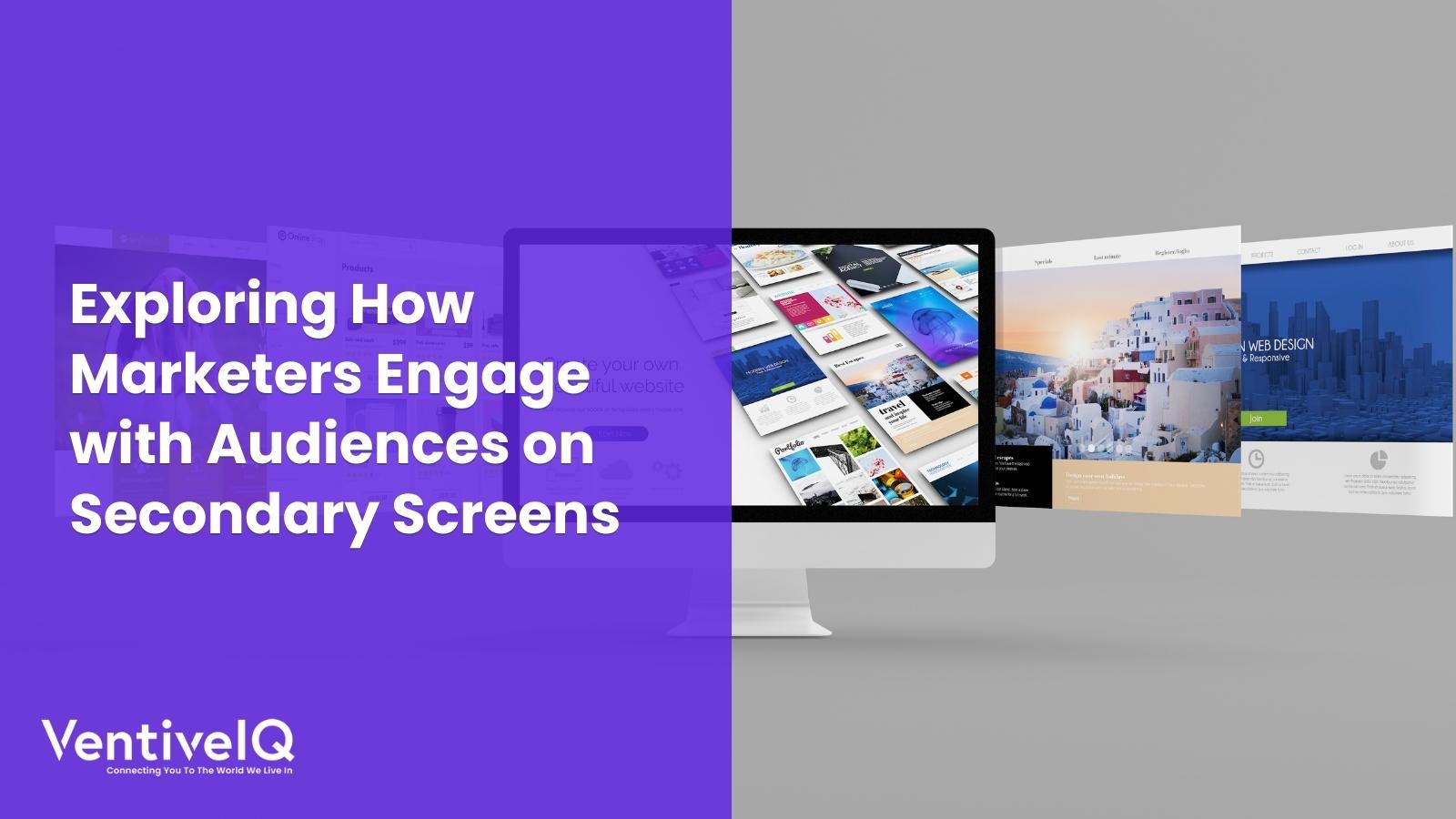While innovation is one of the strongest factors influencing business success, this doesn’t mean that you need to reinvent the wheel. Some companies have shown us the best way to do things, and these best practices can be applied on a smaller scale to our own ventures.
Personalization is one of these practices, and large retailers have shown us how effective and important it is to customers in today’s online retail market. This piece will look at some of the most effective ways large organizations leverage personalization to drive their business growth.
Let’s get right to it.
Personalized Customer Feedback
Knowing what your customer wants and needs is the first step toward building a sustainable business model by leveraging digital technology and data analysis methods to provide personalized experiences to your clients. In today’s world, surveys are no longer effective methods of gathering customer feedback on a useful scale.
Collecting relevant information about your clients has many positive effects, including improved customer experiences, higher lead generation, better conversion rates, improved customer experiences, greater customer retention rates, and an improved overall customer experience.
Product Recommendations
Modern retail marketing retail strategies are increasingly reliant on delivering relevant product recommendations to potential and existing customers. With enough data regarding their preferences, you can bring the right product to their attention at the right time, which is a sure recipe for success.
Customized recommendations can take the form of daily offers, featured products, bestseller highlights, new arrivals, related products, dynamic product recommendations, package deals, accessories, ‘what others bought,’ ‘bought together with,’ and so on.
Client Onboarding
Onboarding refers to how companies welcome new clients and help them familiarize themselves with their organization to feel comfortable and satisfied, which is crucial for customer retention and loyalty.
You can carry out effective client onboarding, including welcome emails, product tutorials, follow-ups, in-app notifications, product documentation, data importation, sign-up prompts, etc.
Effective onboarding is a continuous process that grows as your company grows and your customers’ needs, and desires evolve. Depending on the scale of your operation, you might find it useful to use dedicated Customer Relationship Management (CRM) software that can automate many of these initiatives.
The Customer Lifecycle
The customer lifecycle refers to the various steps a client will go through, from the moment they first notice your company or product to the time they grow into a loyal customer.
Understanding these steps from a client’s perspective can help you grow your company and incorporate more innovative marketing initiatives into your business model. The customer life cycle stages are awareness, consideration, purchase, and retention.
Content & Commerce
The purpose of content is to try and convert potential leads into customers and keep them coming back. Therefore, content is an invaluable weapon in the retailer’s arsenal. Two main elements go into effectively merging your business and your content initiatives, and these are:
- Finding your Audience: This involves ensuring that your advertisements and marketing initiatives appear in front of your target audience. For example, if you are in the fashion industry, you will want your adverts to appear on sites such as Vogue, Cosmopolitan, Esquire, GQ, etc.
- Effective, High-Value Content: The best content creators understand that sales copy that leads to conversions should not be too ‘salesy.’ Effective content gently guides the target client and makes its recommendations more like a helpful guide than a pushy salesman.
Predictive Marketing
This marketing tactic involves using customer data to offer them relevant, timely, and useful products. Predictive analysis practices are increasingly helpful in the digital age and can help give you an edge over your competition.
Predictive marketing can be implemented through various initiatives, including predictive lead scoring, product suggestions, automated social media prompts, customer churn prevention, and predictive (Search Engine Optimization) SEO.
Geolocation and Privacy
Geolocation is the mechanism that allows businesses to deliver targeted advertisements and offers to potential clients based on their physical location. It is the wireless tracking of a mobile device’s physical location through beacons, geotagging, and geofencing.
Most shoppers use Google to look for retailers and service providers near them when shopping online, so it makes sense for businesses to try and present themselves online to markets that are physically close by.
While geolocation benefits business owners and customers alike, there are significant privacy concerns attached to location information, which many people consider private. Because of this, you must keep your geolocation data secure, making it impossible for cybercriminals and hackers to gain access.
Final Thoughts
Multinational corporations such as Google, Amazon, Apple, and so on might seem worlds away from the realities of small and medium-sized businesses. Still, the principles they operate under are the same. This means that the measures they undertake to increase their sales are more or less applicable to enterprises of all sizes.
The personalization applications we’ve highlighted here are measures carried out at large scales that you can implement in your operation. As long as you efficiently adjust the scales and scope of your initiatives, they are sure to produce positive results.



